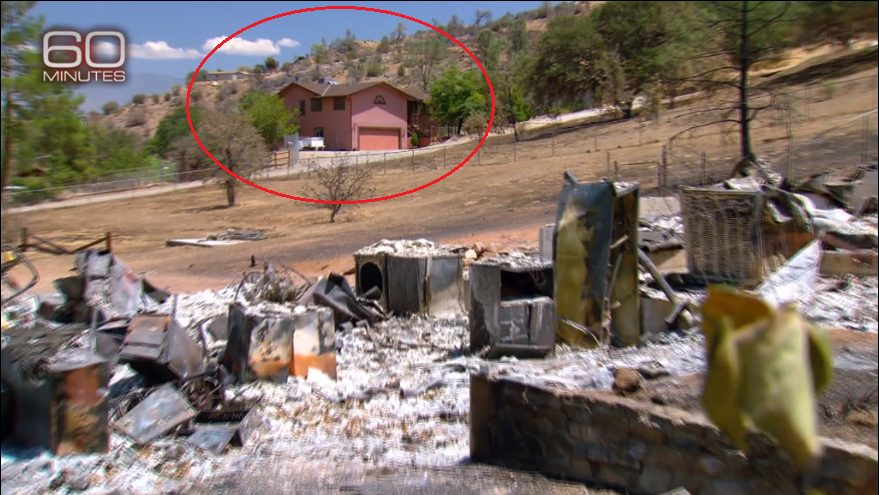Offline Etiquette: Eschewing the Digital 'Social Cut'
It's forming in bars, dinner parties and sixth grade quads. Emily Post called it the "social cut." A history.com article, 'Cutting' Was the Brutal Victorian Version of Throwing Shade, said it was used judiciously, "a weapon to be wielded with extreme care, preferably in situations of dire social peril."
With no more aggression intended in the digital era than the Victorian, the social cut has resurfaced, and it's a move many now struggle to abstain from.
"Etiquette guides warned against the practice, advising gentlemen to 'slow fade,' or gradually ghost someone, instead of using a full-blown cut, which 'is not only very harsh, but is often attended with dangerous consequences,'" Erin Blakemore, the history.com author wrote.
Blakemore's 2004 article is worth revisiting in 2018. Without knowing it, we all who adopted early and dutifully the smartphone -- an expanding recursion on 2007's iPhone wave -- dropped a natural buffer to the social cut. A harder edge fills the buffer's wake.
The smartphone sinlessly supplanted tree-derived paper media.
Board any subway car to see it in action: closed information devices project prose to their owners, and blank *screen backsides* that hint to no car riders what publications commuters consume.
"I can't imagine a better advertisement than someone reading my book on a subway."Imagine a subway car 14 years ago.
- best-selling author David Sedaris
At an earlier slice within our digital age, 2004 public spaces had more paper. With paper, passive advertisements display from behind every pre-2007 information technology bundle, visible to all who stand in the social cutter's periphery.
Save for a logo of the gadget's Silicon Valley or South Korea-based manufacturer, no information dresses the digital device's opposing face to share.
Few would attempt to quantify the social lubrication costs our public spaces incur. But the "cut direct" inspired emphatic words from a popular and respected columnist, Blakemore said:
Like other social customs before it, the cut eventually made its way out of fashion.Since "form follows function," and modern device inventors omitted the cut-buffer mechanism paper media products provide, shows we must: de-stigmatize paper information consumption to integrate digital with the analog, create behavioral social courtesies, or accept our public spaces will never be as social.
In 1922, Emily Post wrote that “for one person to look directly at another and not acknowledge the other’s bow is such a breach of civility that only an unforgivable misdemeanor can warrant the rebuke.” The very pointedness of a cut, wrote Post, made the practice “not only insulting to its victim but embarrassing to every witness.”
------
JOSH: Who directed the Goonies? I'll look it up -
...
FLETCHER: Why is it that when one person looks at their phone everyone else has to?
CORNELIA: I just have a quick thing -
MARINA: I'm not non my phone -
CORNELIA: - with the baby.
JOSH: - Richard Donner.
FLETCHER: Each of us is so certain that we've got the most important thing to do right now.
CORNELIA: I know, it's so rude.
FLETCHER: Not anymore, it's accepted. It's like showing your ankles in the 1800's.
While We're Young, 2014
--------------------------------
Further Reading:
Breaking Eye Contact to Google: offlinereport.net

This work by AJ Fish is licensed under a Creative Commons Attribution-NonCommercial 4.0 International License.






